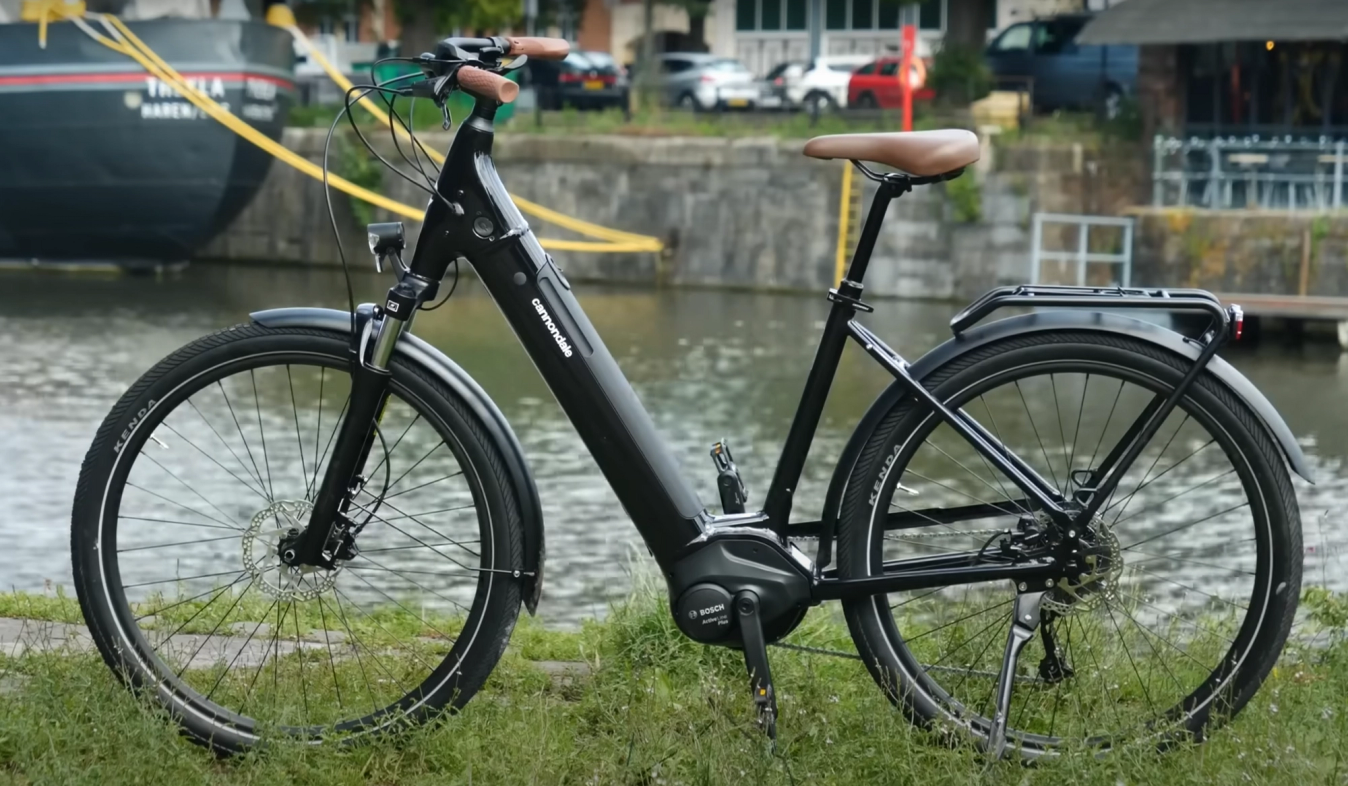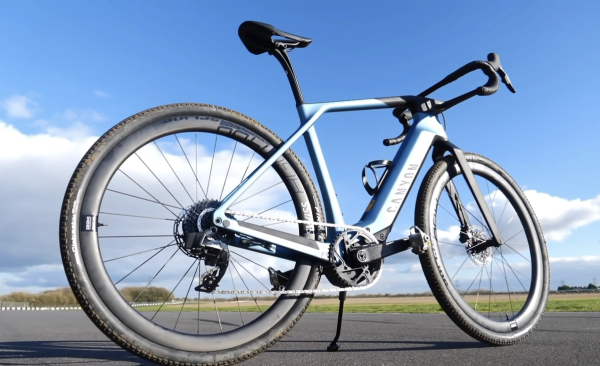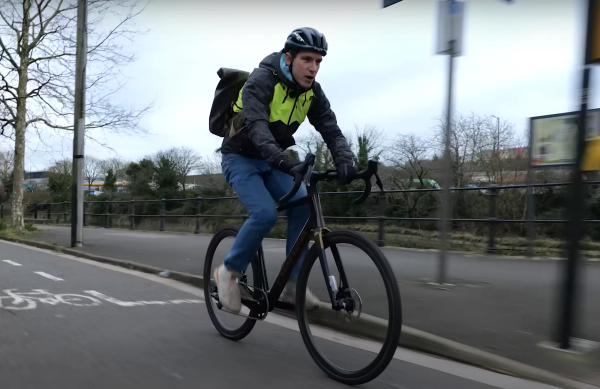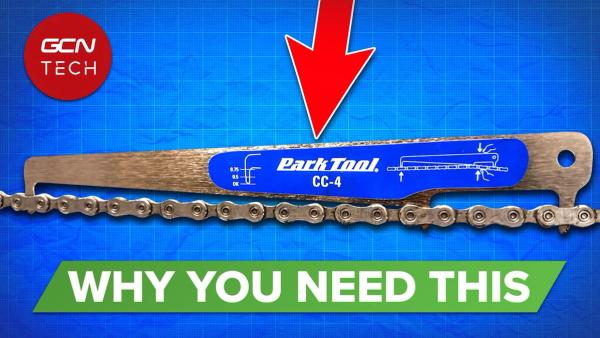How to choose the right electric bike for your needs
From range to budget, there are lots of factors to consider when buying an e-bike, here’s how to navigate them to find the right bike for your needs
Tom Hallam-Gravells
Online Production Editor
© GCN
There are lots of types of e-bike available
Electric bikes have enjoyed an explosion in popularity over the last 10 years, and for good reason. Providing an added boost while you ride, their hidden motors take some of the strain out of riding, which in turn makes riding more accessible and, for some, more fun too.
E-bikes are so popular that the sector has grown rapidly. There are now a bewildering number of e-bikes available, across the full spectrum of disciplines. As an e-bike will usually be a costly investment, you’ll need to navigate through this maze of bikes to find the right one for your needs. Doing so is easy and in this guide, we’ve pulled together everything you’ll need to consider.
What type of e-bike do I need?
Before starting the selection process, it’s important to have a good understanding of the different types of e-bikes available. While the technology was once restricted to tarmac-fairing bikes, it’s since expanded across every discipline, with options available for road, mountain, gravel, folding, hybrid and cargo bikes.

© GCN
From gravel to cargo, there are e-bikes available for every discipline of riding
This already helps to narrow down your choice as you’ll need a bike that is designed for your specific terrain. For example, if you simply need something to cruise around town, a hybrid will usually serve you well. Road bikes are good for those who want to improve their fitness, while gravel and mountain bikes have the realms of off-road riding covered.
While it’s not possible to buy a bike that is suitable for every terrain, some sit between two different disciplines, offering extra versatility. Gravel bikes stand out in this aspect as they’re designed for lighter off-road terrain but are also adept on roads. Some hybrid bikes also have wider tyres which can handle gravel paths and canal towpaths.
Think carefully about where you will ride your bike and pick one that matches those needs.
What e-bike features should you look for?
Once you’ve narrowed down the type of bike, it’s time to think about what features you need. There are plenty of factors to consider here and these can vary greatly from bike to bike.
Speed
Most countries have maximum speed limits for e-bikes, like the United Kingdom where it is capped at 15.5mph. In the US this is slightly higher at 20mph, while in Australia it’s 25kph. Any e-bikes bought in these countries are designed to stop assisting as soon as these speeds are reached.
Even most budget options can reach these maximum speeds but some may be slightly lower, for example, on folding e-bikes.
Comfort
There are many factors that affect comfort on a bike, from saddle choice to the compliance of the frame - this is basically a bike’s ability to absorb vibrations. It can be hard to judge a bike’s compliance without testing it, which leads us to one of our top tips: always go for a test ride. This is the best way to get a feel for a bike.
Some bikes, commonly those designed for off-road riding, will have additional features like suspension forks. These absorb vibrations at the front of the bike to smooth out the ride. They’re usually reserved for mountain bikes but make an appearance on some gravel bikes too, and even some hybrid bikes have them. You’ll generally only need a suspension fork if you’re tackling more technical off-road terrain. For the tarmac, you’ll be fine without one.
The final consideration when it comes to comfort is the geometry, which is the angles of the tubes on the frame. Beyond defining a bike’s appearance, they also affect what position a rider sits in.
Geometry tends to correspond to the type of bike you have. For example, road and gravel bikes will put you in a more aggressive position, while hybrid and mountain bikes are more relaxed so that you’ll be more upright.
For a more thorough breakdown of geometry, check out our extensive guide: What do bike geometry terms really mean?
Range

© GCN
An e-bike motor is powerd by a battery
E-bikes are victims of one big misconception: that they have small ranges and will leave you stranded after chugging to a halt on the side of the road. That couldn’t be further from the truth.
Sure, there are e-bikes with lower ranges, which usually start at around 20 miles. But most have much more, with some going all the way up to 100 miles. Try to gauge how much riding you’ll be doing and pick a bike with a range that meets those needs. The advertised maximum range may be subject to riding conditions, terrain or the mode you ride in, so check the specific details.
Even for bikes with low ranges, the chances of losing power are slim as the batteries are designed to warn you when they’re running low. This may be via a flashing light on the battery or, more commonly, a device located on the handlebars. If you’re particularly worried about a flat battery, opt for a bike with a clear device that displays the battery level.
And don’t forget, even if you run out of power, the bike will still operate like a standard push bike. So, you’re not actually stranded, although it will take a little extra effort to get home.
Charging times
When you get home, charging a battery should be quick and easy via a standard mains plug. This can take anywhere up to 12 hours depending on various factors, although most will be much faster.
This could be an important consideration if, for example, you commute to work and need to top up the battery before you head back home. When buying an e-bike, the battery charging time should be advertised.
Type of motor
There are three different types of motor commonly used on e-bikes and, although only minimal, they will affect the overall ride feel.
- Front hub - commonly reserved for entry-level e-bikes, these are located in the front wheel
- Rear hub - located in the rear wheel, these provide extra traction and are more common on mid to high-range bikes
- Central-drive - as these are located in the centre of the bike near the chainset, they give a more planted feel and better balance to the bike. However, this stability advantage is only minor and the other options are by no means unstable. They also tend to be the most powerful motors, usually found on higher-end bikes.
Budget - how much will a good e-bike cost?

© GCN
The prices of e-bikes can vary greatly
Putting a price on an e-bike can be tricky as it’ll be dependent on the type and specific features you want. A bike with a stronger motor and battery will usually be more expensive as it will deliver more performance. Even beyond the e-bike system, there may be other features that drive up the price too, like the aforementioned suspension forks.
Try to find multiple bikes that match your specifications and compare the prices. That should provide a good idea of the price range you should be operating in.
As a general rule of thumb, the cost of electric bikes can start at under £1000 and go all the way up towards, and in some cases over, £10,000. We’d generally avoid anything under £1000 as, sticking to the old mantra, you get what you pay for. But once again, it’s all down to your individual needs and for some people, a bike at the cheaper end of the scale may be more than adequate.
E-bikes versus regular bikes: which is right for me?
Before pulling the trigger and buying an e-bike, take a little bit of time to consider whether a regular push bike could fulfil the same purpose. After all, electric bikes usually come with a heftier price tag than their non-electrically-enhanced cousins, so why pay more if you don’t really need to?
Weigh up the pros and cons for both and remember, an e-bike won't power you along like a motorbike. To receive assistance, you have to be actively pedalling, so you're still exercising even with the assistance.
If you’re still unsure, check out our complete guide to every type of bike, linked here, for a greater breakdown of the benefits of each type.
Buy an e-bike from a reputable brand
Finally, avoid going off-piste and buying a bike just because it’s really cheap. It may be friendlier on your wallet in the short term, but it won’t be in the long term when it starts faltering. Even worse, it may not be safe to ride.
- Read more: GCN tries the cheapest e-bike on Amazon
To make a bike really cheap, manufacturers usually have to cut corners, so it may not have undergone thorough safety testing or the overall standard may be low.
Instead, stick to reputable brands whose products will be reliable and backed up by a warranty, should anything go wrong.
What is the best e-bike for a beginner?
Even if you’re a beginner, the steps above apply, and it’s simply a matter of selecting a bike that best meets your specific needs.
Start by selecting the right type of bike and then move on to other factors like range, ensuring that you settle on an e-bike that has all of the features necessary.
It can be tempting to start with a cheap bike but this isn’t necessarily the best option as in the long term, if you become a regular cyclist, you’ll end up spending more when you quickly need to upgrade. At the other end of the scale, you also don’t need to buy a really expensive model which is packed with features you don’t need. If you’re unsure, head to your local bike shop where they’ll be able to help you narrow down your choice.
What is the best e-bike for commuting?

© GCN
Hybrid bikes are a great option for short commutes
Electric bikes are becoming an increasingly popular option for commuting as they’re eco-friendly and allow you to enjoy some exercise and fresh air before and after work. Of course a regular bike matches this criteria too, but an electric bike has the added benefit of its motor which will take up some of the strain, ensuring you don’t arrive in the office dripping in sweat.
When selecting an e-bike for a commute, think carefully about the terrain and distance you’ll be travelling. If it’s only short and on smooth tarmac, a hybrid e-bike would be a good choice. As the distance ratchets up, a road bike becomes a more efficient option.
Some cyclists like to take their commute off-road with some gravel or canal paths where gravel e-bikes will be lots of fun, but a road or hybrid bike with wider tyres will often also suffice.
Finally, folding bikes are the most convenient option for those heading into big cities or built-up areas as they allow you to combine riding with public transport. As a bonus, they can be easily folded down and stored when you arrive at work. Many brands, like Brompton, now offer folding e-bikes.
Do you own or use an e-bike? Are you thinking of getting one? Let us know your thoughts, questions, or concerns in the comments section below. And for more on e-bikes, head to the lifestyle and tech sections of the GCN website.









.jpg?w=600&auto=format)



